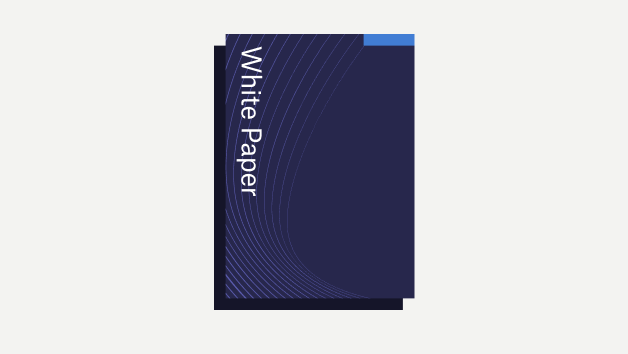Independent companies in the renewable energy industry must continue to develop their portfolio of sustainable practices and alliances with other forward-thinking businesses. World Wind Technology speaks to Johan Fredriksson, CEO of OWEC Tower, about how its innovative work with jacket substructures for offshore wind is helping to drive the efficiency of the market forward.
How have developments in the offshore wind business changed in the past few years?
Johan Fredriksson: The market has recently evolved significantly in one particular aspect: whereas a lot of focus has previously been placed on industrialising the supply of monopiles and particularly what we call ‘XXL-monopiles’, we are now seeing larger wind turbine generators and deeper water jackets becoming the standard. We are also seeing a growing number of developments in floating foundations that may prove valuable for installing structures in even deeper locations. OWEC strives to contribute to the advance of new technology in the renewable sector so that financial output and environmental impact can be further reduced.
So how is OWEC working to lower the cost of energy?
As an engineering company, OWEC has close interactions with the whole value chain of the business, and we always aim to make our design as production, transportation and installation-friendly as possible. The best way to reduce life-cycle cost is through close cooperation between all stakeholders in the early stages of the project. Every aspect of the job cycle is interlinked and a knock-on effect will occur where optimisation can be made in one area.
Therefore, working closely with all parties in the supply chain is very important. Unfortunately, contract strategies (multicontracting or EPCI) and long-tendering processes can minimise financial risk, but do not often leave much room for design optimisation and cost reduction; the necessary thorough cross-party collaboration is also therefore made more difficult.
How did this cross-party collaboration factor into the original development of the OWEC Quattropod?
The founders of OWEC have several decades of experience in the oil and gas industry, with a strong focus on jacket design for offshore structures. Just a side comment at a trade fair – "What do you think about a wind turbine on a jacket?" – motivated them to start brainstorming the project. Consequently, they developed a dedicated jacket with a mid-section becoming the four-legged OWEC Quattropod – the only proven sub-structure with preinstalled piles.
The two first Quattropod jackets were installed at the Beatrice offshore wind farm in 2006 and remain the deepest offshore wind foundations installed to date. Further, OWEC innovations were completed with optimised design for serial production and installation; some of them, such as pre-piling, became standard fixtures in the industry.
Today, we have many different jacket solutions based on either four or three legs; with different solutions to fasten it to the seabed depending on geotechnical conditions, as well as adapted midsections for different WTG suppliers accompanying their needs. We are trying to create a light structure per unit that requires fewer materials, making production, installation and shipment easier.
How does OWEC take client feedback into account?
First of all, it is a requirement of the ISO standard to evaluate all client feedback. We take an active role in charting lessons learned with our clients and urging them for their honest input. For OWEC, this is an integral part of our continuous improvement process; client responses inform the very basis of how we generate progress and bring forward better ways to develop future projects and designs. Without taking this feedback into careful consideration, we couldn’t build a fully reliable and trustworthy business model.
How does sustainability feature in OWEC’s business model?
Sustainability is vital to the backbone of our business strategy; in terms of lowering the life-cycle cost of our designs, and all related energy and environmental impact, we have a very good track record. As a relatively small independent engineering company only focusing on offshore wind, we are able to comply with the current design standards, especially when some are country-specific in certain cases. We also challenging the industry practice, and one standard we have been particularly investigated is related to reducing up and down movement during the grouting process (1mm). However, we have found a viable solution and can now offer a finished product to cope with this matter and carry out quality assurance on other consultants’ work.
Does relying on the steel industry align with OWEC’s sustainability programme?
The steel industry is very sustainable in that steel is an easily recyclable metal, and there are many ways in which we can assemble and use components to decrease the environmental impact. For example, by carrying out pre-piling and using standardised metal pipes we can cut energy and financial expenditure; offsetting this original output becomes an easy target to meet. Carrying out studies with developers to strategise a consistently high ‘up’ time for WTGs also maximises the sustainability of operations.
What is next at OWEC?
We are, of course, developing our calculation skills but also, and maybe more importantly, we have started to offer products as finished midsections: pile stoppers or boat landings, for example. Based on our unique track record and the feedback we’ve compiled from ten years of activity in this industry, we can confidently help developers and contractors reduce risks as well as costs. Additionally, we are involved in developing the European supply chain for jackets, where we hope to take a more active role.

